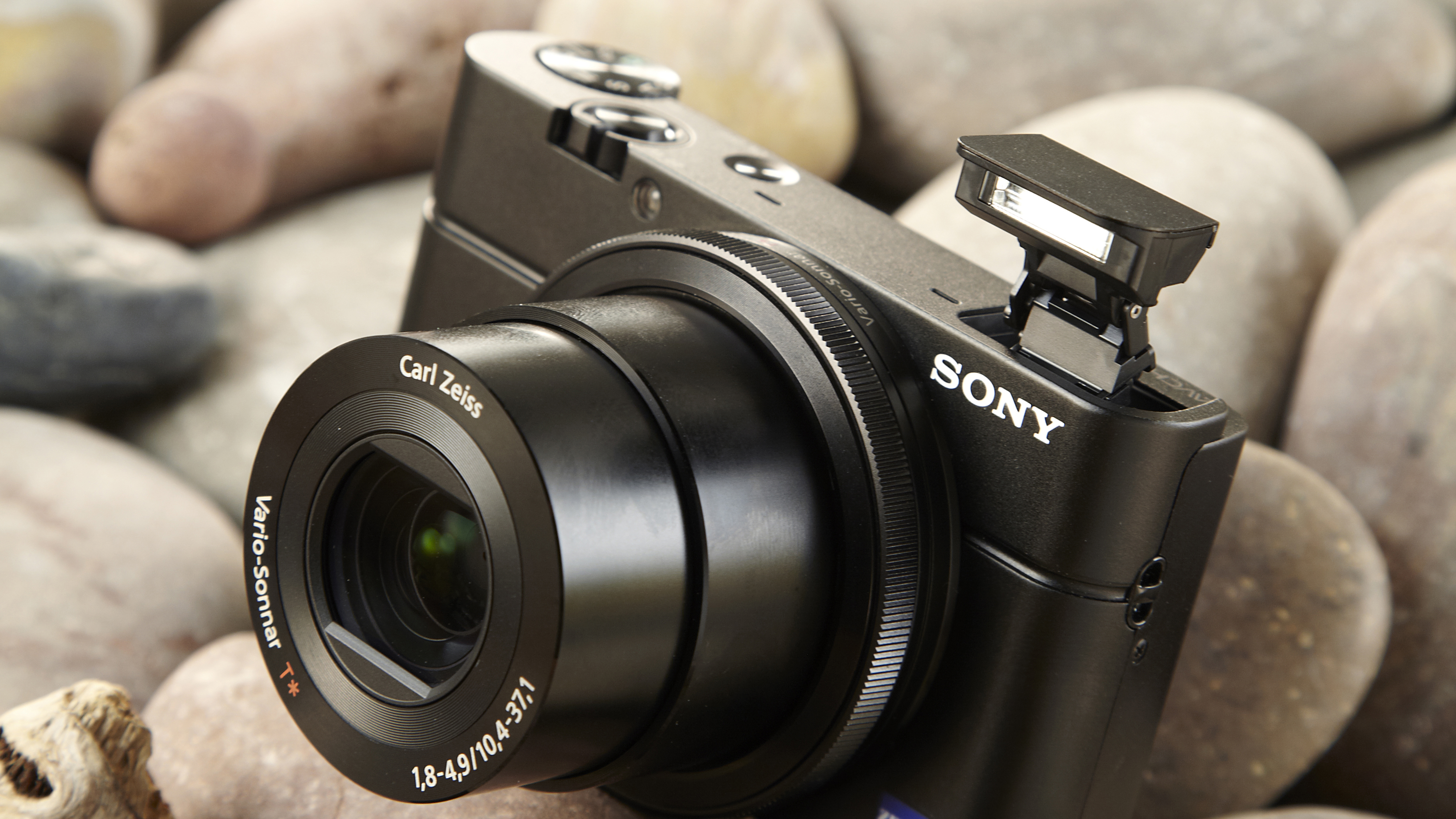TechRadar Verdict
For those looking for a back-up camera for when the DSLR is too bulky or inconvenient, Sony has produced a truly great camera that should also appeal to anybody wanting to trade up from a mobile phone or budget compact camera.
Pros
- +
Sleek
- +
Great screen
- +
Shoots in raw format
- +
Customisable buttons
- +
Picture Effects
Cons
- -
Limited raw functionality
- -
No touchscreen
Why you can trust TechRadar
In a declining compact market, camera manufacturers are turning their attentions to producing better and better image quality in what seems like ever smaller packages.
[Update: The RX100 (referred to as the DSC-RX100 by some retailers) has since been replaced by five newer cameras, with the latest being the RX100 VI. However, Sony still keeps all previous models in its compact camera line-up, and while the RX100 doesn't feature the latest and greatest tech, it's still a great buy if you're on a budget.]
These days, consumers who decide to buy a dedicated image taking device expect to get a lot for their money, and expect it to deliver something which their phone can't. With the RX100, Sony is turning its attention well and truly towards the premium end of the market, going head-to-head with the likes of the Canon S100, Panasonic LX5, Olympus XZ-1, and potentially even some compact system cameras such as the Nikon 1 J1.
A large sensor size is the key to producing good image quality, and here Sony has chosen a 20.2MP 1-inch Exmor CMOS sensor, which in terms of size is the same as that found in the Nikon 1 J1, and is only beaten in the compact arena by the Fujifilm X100 and Canon G1X.

There are a number of other premium elements to be found on the diminutive RX100 body, including full manual control, the ability to shoot in raw format and a lens with a maximum aperture of f/1.8 at the wide end (28mm equivalent) and f/4.9 at the telephoto end (100mm equivalent). Sony uses the same size camera body to store a full-frame sensor in on the Sony RX1.
One of the key areas Sony will be shouting about in its marketing material is the RX100's low light capability. Coupled with the f/1.8 lens, it also has a sensitivity range from ISO 125 - 6400 and is equipped with the latest generation Bionz processor.
The lens is also likely to be highlighted, offering the widest aperture of any compact camera currently on the market, though this matched by the Olympus XZ-1 which has a 28-112mm f/1.8-2.5 lens and the Samsung EX-1 which has a 24-72mm f/1.8-2.4 optic. Although designed by Sony, it has been produced in partnership with Carl Zeiss, boasts T* coating to reduce ghosting and flare, and has a seven aperture blades for producing attractive circular bokeh.
Sign up for breaking news, reviews, opinion, top tech deals, and more.
Autofocusing is claimed to be as quick as 0.13 seconds in bright conditions, slowing down to 0.23 seconds in dark scenes.
Full HD video recording in 50p is also available, along with a number of other features that can be found in Sony Alpha DSLT cameras. These include Auto Portrait Framing, Clear Zoom technology, Sweep Panorama and photo creativity guides.

Amy has been writing about cameras, photography and associated tech since 2009. Amy was once part of the photography testing team for Future Publishing working across TechRadar, Digital Camera, PhotoPlus, N Photo and Photography Week. For her photography, she has won awards and has been exhibited. She often partakes in unusual projects - including one intense year where she used a different camera every single day. Amy is currently the Features Editor at Amateur Photographer magazine, and in her increasingly little spare time works across a number of high-profile publications including Wired, Stuff, Digital Camera World, Expert Reviews, and just a little off-tangent, PetsRadar.
